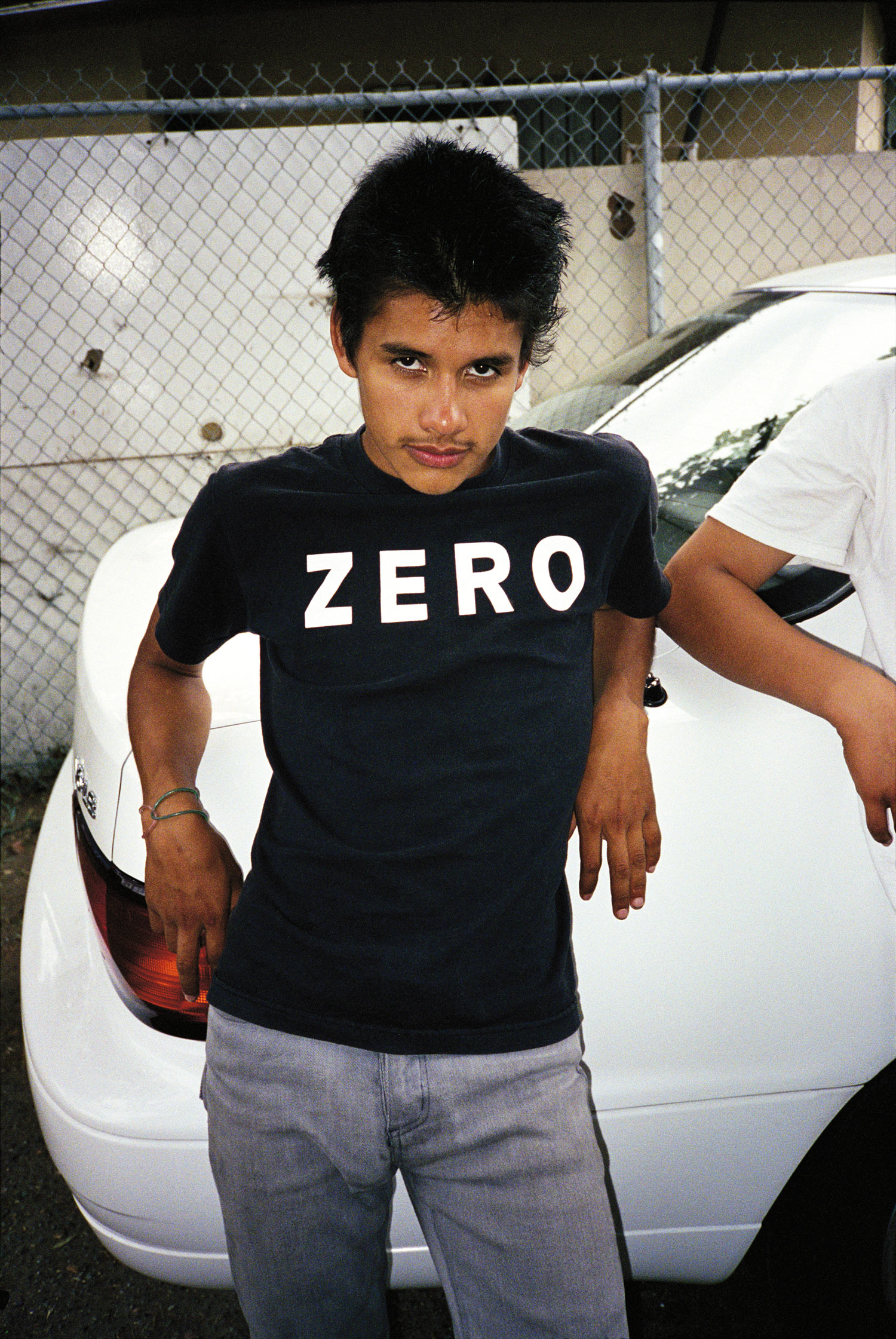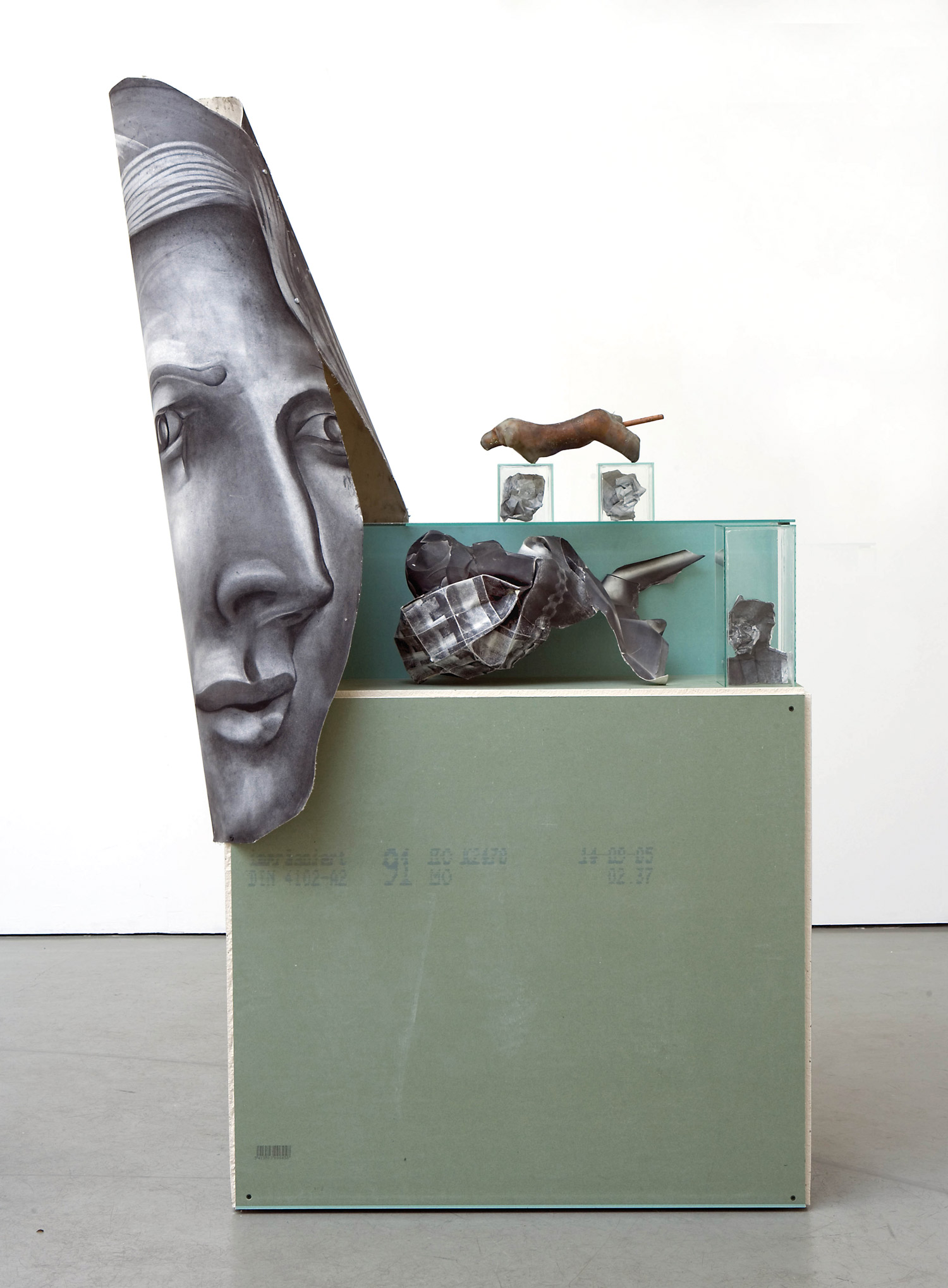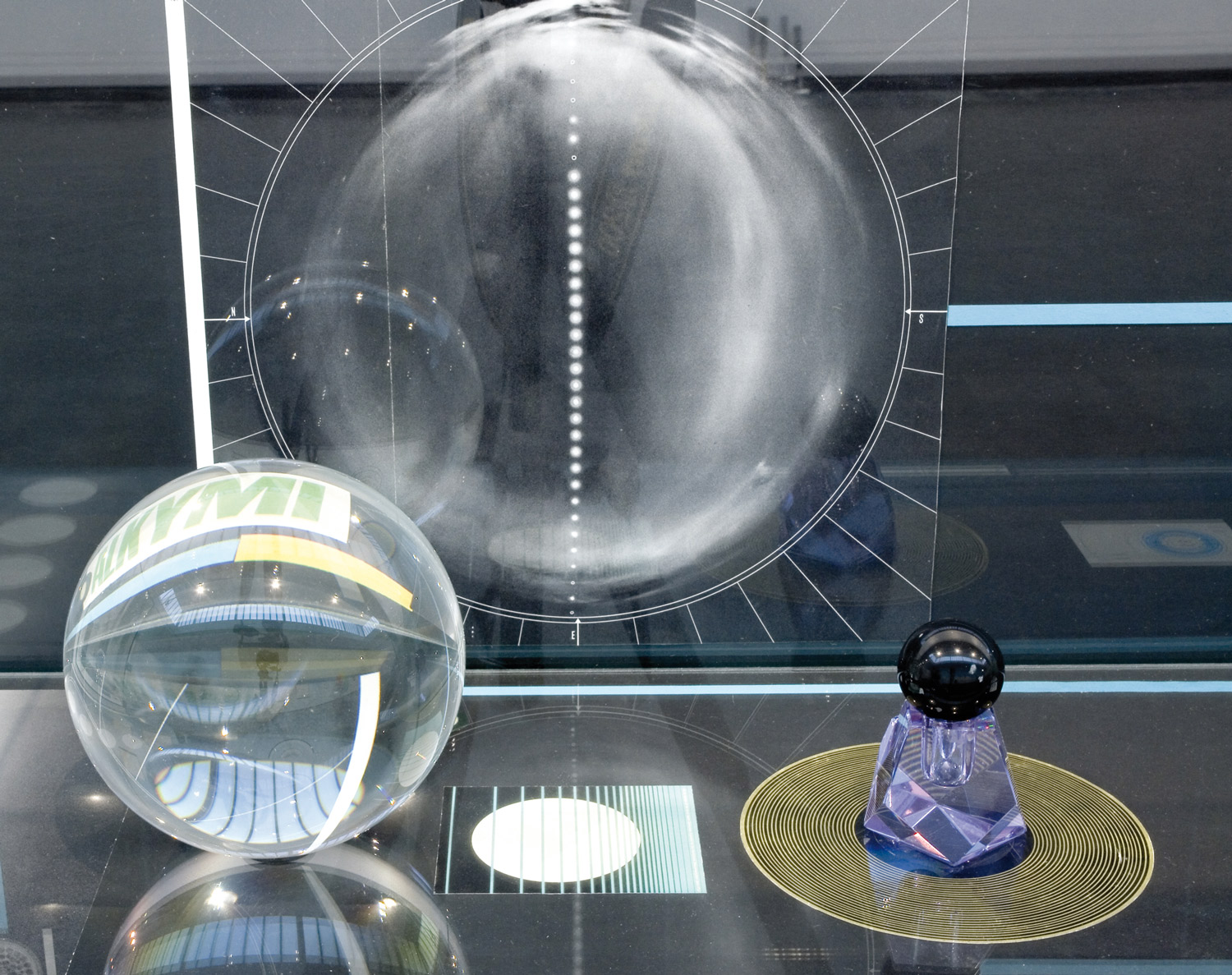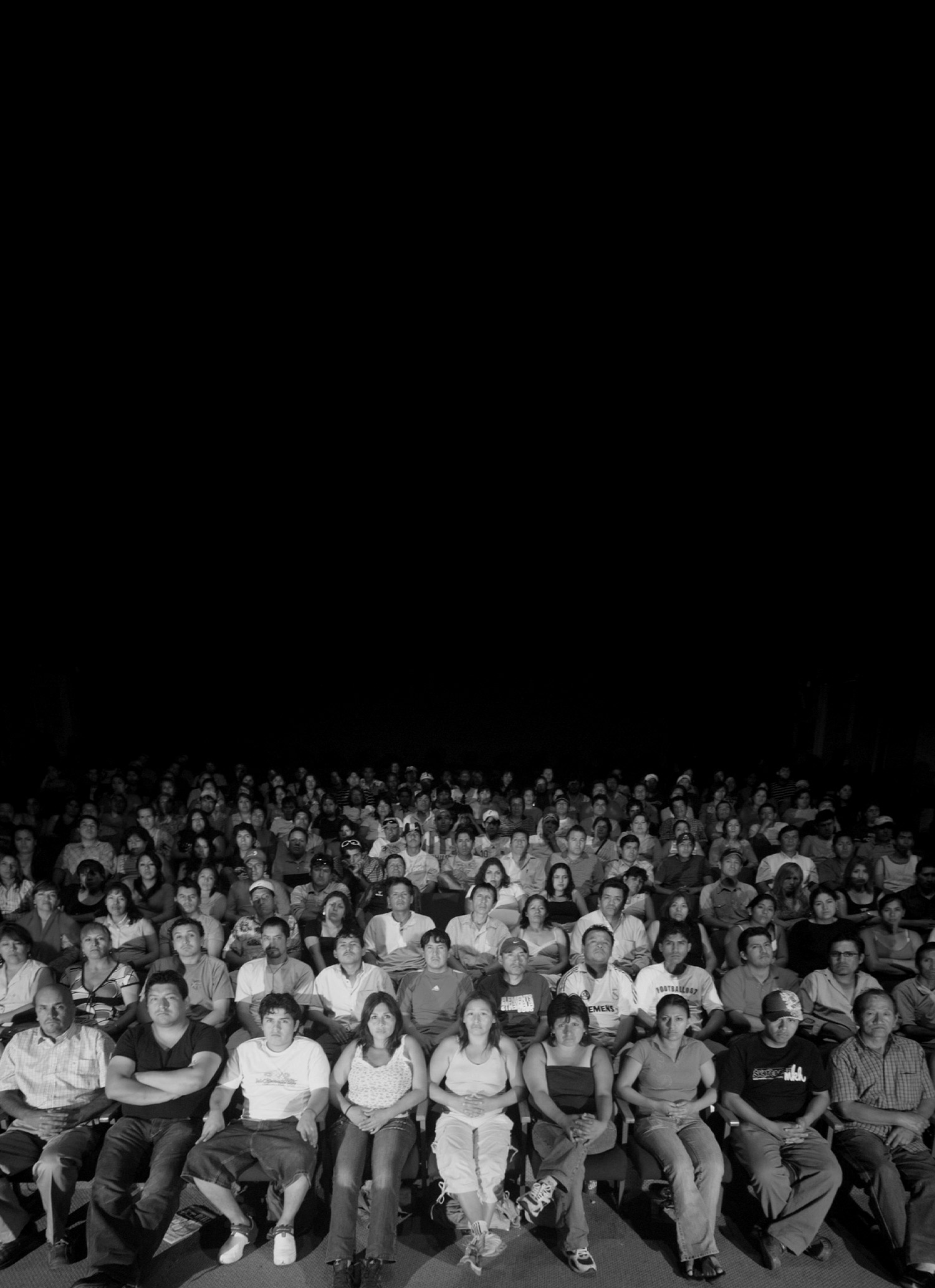
Beginning in 2006, New Zealand filmmaker Pietra Brettkelly filmed artist Vanessa Beecroft for sixteen months, when she was in South Sudan attempting to adopt twin children while developing a new body of work. The documentary film follows Beecroft through a personal journey that would affect her family and career. Documentary films can be quite subjective and what the viewer sees depends greatly on the point of view and editing of what has been shot by the filmmaker. And of course this is often what makes a documentary film special and revealing, or biased and manipulative. The Art Star and The Sudanese Twins has received reviews and comments that reflect both of these polar reactions. It was recently screened at the Sundance Film Festival in Park City, Utah, and I interviewed both Beecroft and Brettkelly about the film, and their experiences surrounding the making of it.
Clayton Campbell: In viewing the film The Art Star and The Sudanese Twins, I am struck by the themes of partnership and community. What has happened to your family since the movie was completed?
Vanessa Beecroft: My husband Greg was hired by Warner Bros. and relocated to LA and we followed him after six months. At the moment our situation is not clear to any of us.
CC: Has this affected your work, and how you approach it now?
VB: Pietra met me on my second trip to Sudan at the beginning of 2006. I was there to film and take pictures of post-war South Sudan. While Pietra’s documentary rushed to production, my work and process of assimilation of the country and its issues followed a slower pace and a different objective.
Her documentary has affected my personal life and interfered with the adoption process, but I accepted it as part of life’s circumstances. At the time, I was fully dedicated to my own children. The situation of extreme poverty in post-war South Sudan, the pressure I felt to read into what had happened to me when I encountered the newborn twins in 2005, the timing, the lack of support from my NY dealer and from my husband had thrown me into a state of pressure and stress, but extreme visual clarity. Pietra’s documentary has stripped me of any maternal qualities and she has neglected documenting the natural pace in which the event unfolded or my true commitment to that region and people. By lacking respect to the subject of the documentary, lacking respect to the subject of Sudan and Africa all together, since in this case Sudan becomes a mere backdrop to a stage that doesn’t really care for it because it’s too involved in dealing with issues that solely belong to the West.
CC: I am an artist, I have a family. My wife is also an artist. While it can be challenging, we also found that family has changed our work in ways never imagined. Has this happened to you in any way?
VB: Having children has changed me as a person, has changed my priorities and humanized me. At the moment it has informed my work indirectly but not the core of it. The family doesn’t limit my mind’s freedom to navigate, but does limit my time and mental resources. I don’t see this as a restriction, rather a beautiful and rewarding challenge.

CC: What stood out about the work with the Sudanese was your consciousness of social disintegration, and personal responsibility that creative persons must accept and undertake in their actions. The photos and installations depicted in the film are related to political and social conditions. It could be called ‘political art.’ How do you see your work fitting in to this larger human project of social engagement? Do you think you are inaugurating new visual strategies that challenge prevailing notions of what ‘political art’ is supposed to be?
VB: While driving in LA today I was thinking: why did I choose a path in which I often get misunderstood instead of saying things in a straightforward, more politically correct way? The performance cleanses the viewer’s ideas on the subject from his/her own prejudices and restraints. And each of us does it in a different way. I still do not look at my work with acceptance and it means that I still deal with problems related to the images I represent and that all those years of work have not really affected me yet.
CC: I have shown your work to a number of African Americans who became very uncomfortable with the images. In the film, you express your own doubts about whether or not you are doing just that. How do you answer people who feel you are trespassing into an area of racial politics? What has your work added to a larger conversation about race and art?
VB: I only represent subjects I entirely identify with. Women in a bare state, in a semi-abused, violated condition, yet reminiscent of beauty and beautiful things… then I did show the Navy twice in its archaic vest, as a status quo, a present thing in its old fashion look. Slowly, since 1997, I introduced African and African American women in my work, then Sudan. The fact that the images recall certain aspects people want to forget, to me this means that those things are still present in our society. Since I am just an artist and not a politician, I have the right to paint the picture I feel I can represent best, even by making a mistake.
CC: Finally, I often think about the principle of ‘generativity’— in which an individual gives back more to their community than they take out of it. In the film, you mention that you have no real community. Have you found one, or has your understanding of community changed? Can artists in this century have a more holistic outlook on community, perhaps change the model of the artist as somehow on the emotional margins of life? I hope to find ourselves in the center of life.
VB: I consider a community in the vast sense of the word, the human race in this particular time in history, but I cannot identify any community in today’s world that I would like to belong to because it would feel too restricted. With my work I try to reach a wider range of people than the one of the art world.
CC: Pietra, I was interested that in giving the audience an idea of who Vanessa Beecroft is, you interviewed her dealer, Jeffrey Deitch. He said that there has not been anything like Beecroft’s work before. Actually, there is a long tradition of durational performances, involving nudity and the relationship between the objectified ‘performer’ and the audience. I am thinking of the Living Theatre in the ’60s, many early feminist artists whose work was recently in the “WACK! Art and The Feminist Revolution” show in LA, and much performance art since the ’70s. Why did you not include more viewpoints of other artists, curators and arts specialists? It seems there could have been a more rounded appraisal of Vanessa Beecroft.

Pietra Brettkelly: I interview a number of other people but it became a choice between doing a more fully developed profile of an artist and covering the international adoption issues within the time frame of a feature-length documentary.
CC: You obviously gave up an enormous amount of time and your own financial peace of mind to get this film shot. Has the film been picked up for distribution? What are the prospects after Sundance?
PB: Sundance is the first exposure for the film and so the marketing and distribution discussions now kick in. I have been invited to a number of other international film festivals so that will definitely be part of the on-going exposure of the film to buyers and audiences.
CC: What did you experience going into Sudan? Did you feel obtrusive, have any qualms about your presence as part of the group of whites in native communities, especially given some of the tensions depicted in the film?
PB: Absolutely. But as a filmmaker that situation is always visited as with any film, whether it’s into a foreign country, a prison, a school or even a close-knit family. It’s always about handling and minimizing that so that my film can be as true to what is actually happening as possible, imagining a camera wasn’t present.
CC: The scene with the father thumb printing his mark onto a Western legal document was painful to watch. Was there ever any thought that the best way to help the two motherless children was to create a fund so the father and extended family could take care of the children, and they could stay in Sudan? Would the father have even wanted this? In the film you make choices that show Vanessa in a complicated light, both positive and negative. How do you feel now?
PB: I feel very strongly that I have made a film that truly depicted what I recall of the events. Vanessa is a complex person and I’m happy that you recognize this in the film.
CC: Are you planning any follow up?
PB: I’ve always felt that life issues and stories often don’t conclude and therefore I didn’t want my film to tie up all the issues in neat bows either. Vanessa’s life, her questions, the issues that dictate her and her work, the complexities of her family life are on-going. At this stage I would like to enjoy the film as it gets out to audiences, rather than consider at this stage any follow up.
CC: How has this experience changed your approach to documentary film?
PB: I’ve been making documentaries for about 12 years now and each film has challenged and advanced my skills I believe. This one is no exception. It has encouraged me that I can make award winning, internationally recognized films.




